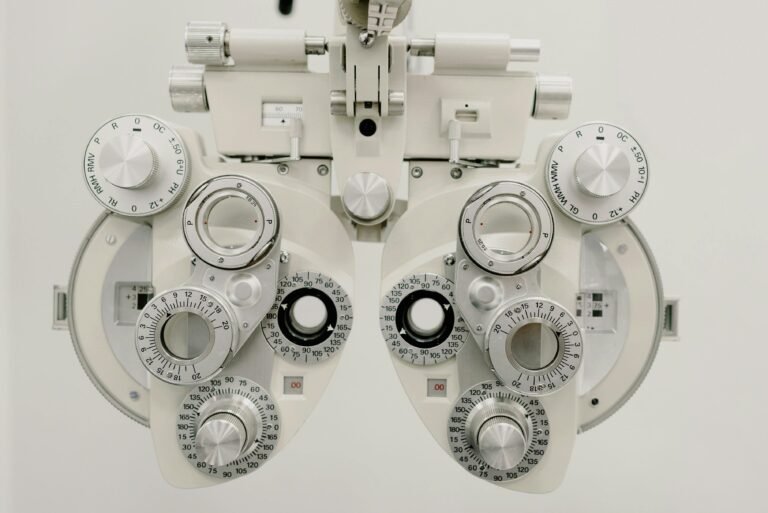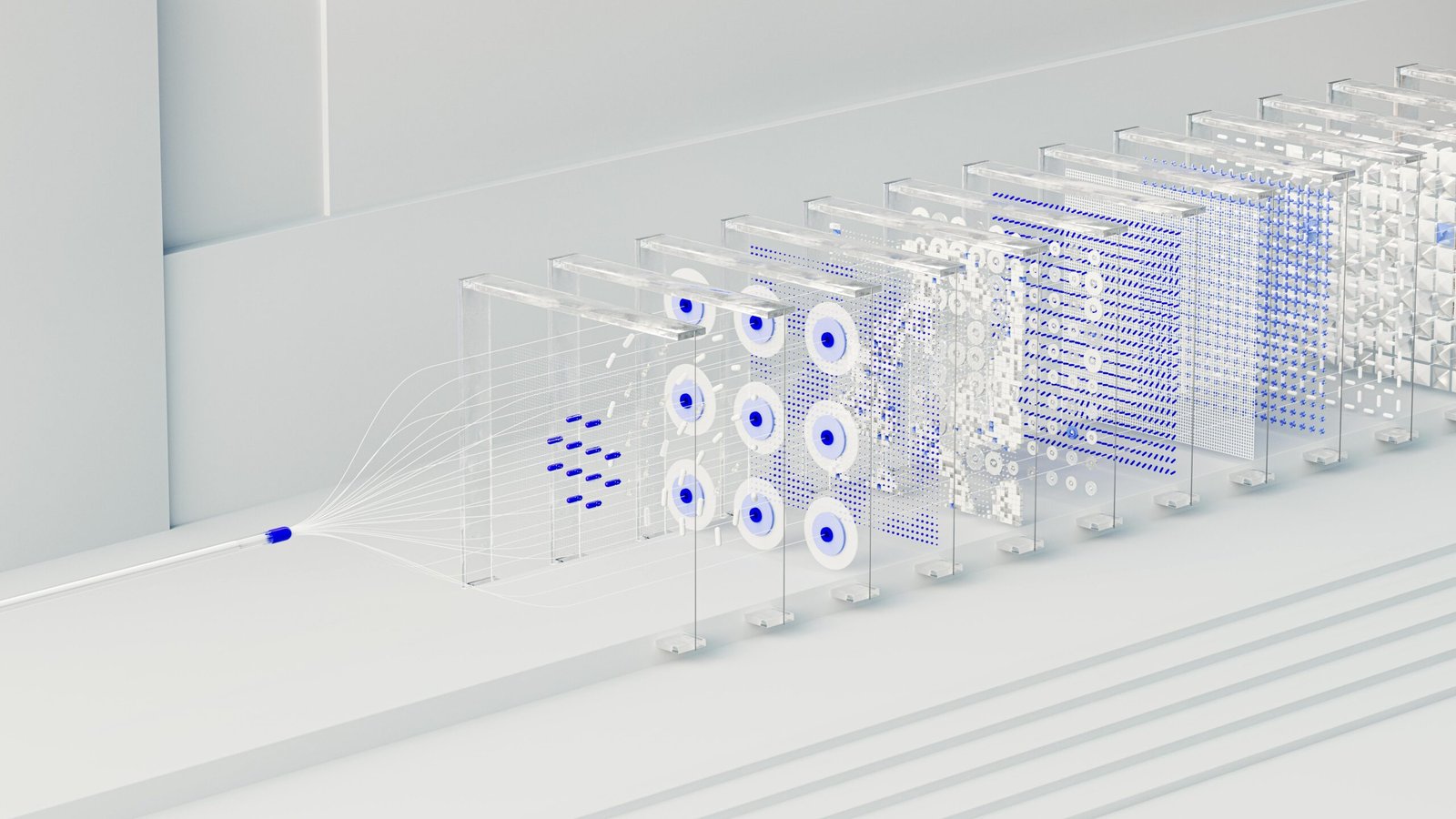
Concept of Self Supervised Learning
Self-supervised models generate implicit labels from unstructured data rather than relying on labeled datasets for supervisory signals.
Imagine a subset of machine learning that doesn’t rely on manual labeling. That’s self-supervised learning (SSL), a transformative approach that generates its own supervisory signals from the data it processes.
SSL, by leveraging the inherent structure and patterns of data to generate pseudo labels, stands out for its efficiency. This groundbreaking methodology significantly reduces the need for costly and time-consuming labeled data curation, making it a practical and game-changing tool in AI.
Self-supervised learning is the term for machine learning techniques that utilize unsupervised learning for tasks that typically require supervised learning.
Self-supervised learning (SSL) is particularly effective in sectors such as computer vision and natural language processing (NLP), where advanced AI models necessitate substantial quantities of labeled data.
For example, SSL can be employed in the healthcare sector to analyze medical images, thereby reducing the necessity for manual annotation. In the same way, SSL can assist in identifying financial fraud by utilizing unstructured transaction data to learn.
In robotics, SSL can be used to train robots to perform complex tasks by observing their interactions with the environment. These examples underscore the vast potential of SSL as a cost- and time-effective solution in a variety of industries, instilling a sense of optimism in the audience.

Distinction between self-supervised learning, supervised learning, and unsupervised learning
Unsupervised models are implemented for tasks that do not require a loss function, including clustering, anomaly detection, and dimensionality reduction. In contrast, self-supervised models are employed for classification and regression tasks typical of supervised systems.
SSL plays a crucial role in bridging the gap between supervised and unsupervised learning. It often involves pretext assignments derived from the data itself, training models to understand representations.
A limited number of labeled examples can fine-tune these representations for functions. The audience should be motivated by the potential of self-supervised learning, which is demonstrated by its versatility in various applications.
Self-supervised machine learning can substantially enhance the efficacy of supervised learning models.
Self-supervised learning has improved the efficacy and robustness of supervised learning models by pretraining them on many unlabeled data. This optimistic potential should inspire confidence in the future of AI.
The self-supervised learning technique opposes the ‘unsupervised’ learning technique, which prioritizes the model over the data. In unsupervised learning, the model is assigned unstructured data and must identify patterns or structures independently.
In contrast, self-supervised learning is a pretext method for regression and classification tasks, whereas unsupervised learning methods are effective for clustering and dimensionality reduction.

Requirement for Self-Supervised Learning:
In the wake of the 2012 ImageNet Competition results, there has been a substantial increase in the research and development of artificial intelligence over the past decade. The primary emphasis was on supervised learning methods, which required a significant amount of labeled data to train systems for specific applications.
Self-supervised learning (SSL) is a machine learning paradigm that trains a model on a task by generating supervisory signals from the data rather than relying on external labels provided by humans.
In neural networks, self-supervised learning is a training procedure that employs the inherent structures or relationships in the input data to generate meaningful signals.
Critical features or relationships within the data must be captured to resolve the SSL responsibilities.
The input data is typically enhanced or transformed to produce pairs of related samples.
One sample serves as the input, while the other is employed to generate the supervisory signal. Noise, cropping, rotation, or other transformations may be implemented as part of this improvement. Self-supervised learning is more closely analogous to how humans acquire the ability to classify objects.
Self-supervised learning was established as a result of the following issues that persisted in other learning procedures:
1. High cost: The majority of learning methods require labeled data. High-quality labeled data is exceedingly expensive in terms of both time and money.
2. The development of ML models is a protracted process that involves the data preparation lifecycle. The data must be cleaned, filtered, annotated, evaluated, and reshaped using the training framework.
3. General Artificial Intelligence: The self-supervised learning framework is one step closer to integrating human cognition into machines.
Self-supervised learning has become an extensively used technique in computer vision due to the abundance of unlabeled image data.
The objective is to obtain meaningful representations of images without explicit supervision, such as image annotation.
In computer vision, self-supervised learning algorithms can acquire representations by solving tasks such as image reconstruction, colorization, and video frame prediction.
Algorithms such as autoencoding and contrastive learning have demonstrated promising outcomes in representation learning. Semantic segmentation, object detection, and image classification are potential downstream applications.

Self-supervised learning operates as follows:
Self-supervised learning is a deep learning methodology that entails a pretraining model with unlabeled data and autonomously generating data labels.
Subsequently, these identifiers are implemented as “basic truths” in subsequent iterations.
The fundamental concept of self-supervised learning in the initial iteration is generating supervisory signals by interpreting the unsupervised data.
Subsequently, the model is trained in subsequent iterations by employing the high-confidence data labels from the generated data through backpropagation. This process is comparable to that of the supervised learning model. The only difference is that the data identifiers that function as ground truths in each iteration are modified.
The model can be trained by generating false labels for unannotated data and using them as supervision in self-supervised learning.
Three categories can be drawn from these methods: generative contrast, which involves the generation of contrasting examples to train the model; contrastive, which consists of comparing different parts of the same data to learn its structure; and generative contrast, which involves the generation of contrasting examples to train the model.
Many studies have focused on using self-supervised learning approaches to analyze pathology images in computational pathology, as it is difficult to obtain annotation information.

Technological Aspects of Self-Supervised Learning
Self-supervised learning is a machine learning process in which the model instructs itself to learn a specific portion of the input from another portion of the input. This approach, also called predictive or pretext learning, entails the model predicting a portion of the feedback based on the remaining input, which functions as a “pretext” for the learning task.
In this process, the automatic generation of labels transforms the unsupervised problem into a supervised problem. To capitalize on the extensive quantity of unlabeled data, suitable learning objectives must be established to direct the data.
The self-supervised learning method differentiates between an unhidden and a concealed input portion.
In natural language processing, self-supervised learning can be implemented to complete the remaining portion of a sentence when only a limited number of words are available.
The same principle applies to video, as it is feasible to predict future or past frames using the available video data. Self-supervised learning utilizes a variety of supervisory signals across extensive data sets that lack labels by using the data structure.

Self-supervised learning framework:
The framework that facilitates self-supervised learning is composed of several critical components:
1. Data Augmentation is the process of generating multiple perspectives of a single dataset through techniques such as cropping, rotation, and color adjustment. These augmentations facilitate the instruction of model features that remain consistent in the face of input changes.
2. Preparatory Assignments: The model addresses these tasks to comprehend concepts. For example, predictive context, which entails estimating the context or environs of a specific data point, and distinctive learning, which entails identifying similarities and differences between pairs of data points, are frequently assigned as preparatory tasks in self-supervised learning.
3. Predictive Context: The process of estimating the context or circumstances of a specific data point.
4. Distinctive Learning: Identifying the similarities and differences between two sets of data points.
5. Creative Assignments: The process of constructing data elements from the remaining components, such as completing text or filling in missing portions of an image.
6. Distinguishing Methods: During the learning process, the model is instructed to bring representations of data points closer together while driving dissimilar ones apart. This principle is the foundation of techniques such as SimCLR (Simple Framework for Contrastive Learning of Visual Representations) and MoCo (Momentum Contrast).
7. Creative Models: Methods such as autoencoders and generative adversarial networks (GANs) can be implemented for tasks that require internal supervision to reconstruct input data or generate instances.
8. Transformers: Initially developed for natural language processing, transformers have since become a tool for self-directed learning in disciplines such as speech and vision. BERT and GPT are examples of models that utilize self-directed objectives to conduct pre-training on text collections.
History of Self-Supervised Learning
Self-supervised learning has made significant strides in the past decade and has recently garnered attention. Advancements in self-supervised learning techniques, such as sparse coding and autoencoders, were made in the 2000s to acquire valuable representations without explicit labels.
In the 2010s, a substantial transformation occurred as a result of the emergence of learning structures capable of managing large datasets. Innovations such as word2vec, a technique in natural language processing that generates vector representations of words, introduced the concept of deriving word representations from text collections through self-supervised objectives.
Toward the end of the 2010s, contrastive learning methodologies such as SimCLR (Simple Framework for Contrastive Learning of Visual Representations) and MoCo (Momentum Contrast) revolutionized self-supervised learning in computer vision. These methods demonstrated that self-supervised pretraining could parallel or even surpass methods in tasks.
The emergence of transformer models such as BERT and GPT 3 underscored the efficacy of self-supervised learning in natural language processing. To accomplish cutting-edge performance across various tasks, these models are subjected to pre-training and retraining on large quantities of text using self-supervised objectives.

Self-supervised learning is implemented across numerous disciplines.
Models such as BERT and GPT employ Self-Supervised learning to understand and generate language in natural language processing (NLP). These models are implemented in the development of chatbots, translation services, and content creation.
Self-supervised learning is implemented in computer vision to develop models trained on extensive image datasets. Subsequently, these datasets are modified to accommodate object recognition, image segmentation, and image classification tasks. This field has been significantly affected by methodologies such as MoCo and SimCLR.
Self-supervised learning is a factor in the comprehension and production of speech in Speech Recognition. Models can be pre-trained on extensive quantities of audio data and subsequently refined for specific applications, such as the identification of speakers or the transcription of speech.
Self-supervised learning in robotics allows robots to acquire knowledge from their interactions with the environment without needing guidance. Handling objects and autonomously navigating are examples of activities that employ this approach.
Additionally, self-supervised learning is advantageous in healthcare imaging applications where labeled data availability may be restricted. Models can be pre-trained on medical scans and modified to detect abnormalities or diagnose ailments.
Online platforms employ self-supervised learning techniques to enhance recommendation systems by analyzing user behavior patterns from interaction data.
Examples of the application of self-supervised learning in the industry
Facebook’s detection of hate discourse.
Facebook is utilizing this in production to rapidly improve the accuracy of content understanding systems in its products, which are intended to ensure the protection of users on its platforms.
The XLM from Facebook AI improves the detection of hate speech by training language systems across multiple languages without needing hand-labeled datasets.
The medical domain has consistently encountered difficulties training deep learning models due to the time-consuming and costly annotation process and the limited labeled data.
Google’s research team introduced a novel Multi-Instance Contrastive Learning (MICLe) method to address this issue. This approach employs numerous images of the underlying pathology per patient case to generate more informative outcomes.

Industries Utilizing Self-Supervised Learning
Self-supervised learning (SSL) is influencing various industries by enabling the development of models that can learn from vast quantities of unlabeled data.
The following industries are among those that are benefiting from SSL:
1. Medical Care
Self-supervised learning examines electronic health records (EHRs) and images in the healthcare sector. Models that have been pre-trained on medical image datasets can be refined to identify irregularities, assist in diagnosis, and predict patient outcomes.
This reduces the necessity for data frequently restricted within the domain. SSL is also employed in drug discovery to anticipate the interactions between compounds and biological targets.
2. Automobile
The automotive industry employs SSL to facilitate the development of autonomous vehicle technology. Vehicles are capable of anticipating and recognizing road conditions, traffic patterns, and pedestrian movements because of the learning capabilities of self-supervised models developed from vast quantities of driving data.
By enhancing the decision-making capabilities of transportation systems, this innovation enhances their safety and dependability.
3. Financial Services
In finance, self-supervised learning models analyze large quantities of transaction data to forecast market trends, identify behavior, and optimize trading strategies.
These models can analyze historical data to identify patterns and irregularities that indicate fraud or market changes, thereby providing institutions with valuable insights and enhancing security measures.
4. Language Understanding Technology (LUT)
SSL is extensively employed in LUT to train language models, including BERT and GPT. These models are trained on large quantities of text data that lack labels, and they can subsequently be refined for various applications, including sentiment analysis, language translation, and question-answering.
SSL substantially improves the performance of chatbots, virtual assistants, and content creation tools by enabling these models to comprehend the context and produce text that resembles writing.
5. Online and Retail Shopping
Online purchasing platforms and retailers employ SSL to enhance recommendation systems and customize customer experiences.
Self-supervised models can recommend products consistent with customers’ preferences by analyzing user behavior data, such as browsing patterns and purchasing trends. This personalized approach increases sales and customer satisfaction.
6. The automation of robotics
SSL facilitates machines’ learning process in robotics by facilitating their interactions with their environment. Datasets that contain sensory information can be used to prepare robots for tasks such as object recognition, manipulation, and navigation, which can be performed with greater accuracy and autonomy.
This feature is advantageous for commonplace household applications, logistics, and manufacturing.
The Future of Self-Supervised Learning
As advancements in this discipline continue, the future of self-supervised learning is promising. It is anticipated that several significant trends and developments will influence its trajectory.
1. Integration with Learning Methodologies
Self-supervised learning will probably be more closely integrated with machine learning methodologies, including transfer and reinforcement learning. This integration will produce adaptable models that can adapt to a variety of duties and environments with minimal supervision.
2. Enhanced Model Architectures
Developing sophisticated model architectures, such as transformer-based models, will enhance the capabilities of self-supervised learning. These architectures can efficiently process datasets and extract more detailed features, thereby improving performance across various applications.
3. Furthering One’s Knowledgebase
Self-supervised learning techniques will be implemented in various sectors and industries as they advance. For instance, self-supervised learning can be employed in monitoring to analyze data from sensors and satellite imagery, providing valuable insights for natural disaster management and climate change research.
4. Ethical Issues in Artificial Intelligence
Self-supervised learning will mitigate biases and guarantee impartiality in machine learning models in light of the growing emphasis on AI practices.
Self-supervised models can reduce the likelihood of bias perpetuation and improve the inclusivity of AI systems by utilizing a diverse array of datasets.
5. Learning in Real Time
Advances in self-supervised learning may enable models to learn and adapt over time. This feature is indispensable in environments such as driving, where models are required to maintain their knowledge of new data.
In conclusion
Self-supervised learning represents a paradigm transition in machine learning, providing advantages such as flexibility and data efficiency. By leveraging the data structure, self-supervised learning facilitates the development of resilient models tailored to a variety of applications with minimal supervision. Its influence is already apparent in numerous sectors, such as automotive, finance, healthcare, and retail.
Self-supervised learning is expected to generate innovations by addressing issues, improving model designs, and expanding into new domains as technology advances. Self-supervised learning appears to have a promising future, as it has the potential to revolutionize the field of AI and machine learning by introducing new possibilities.

